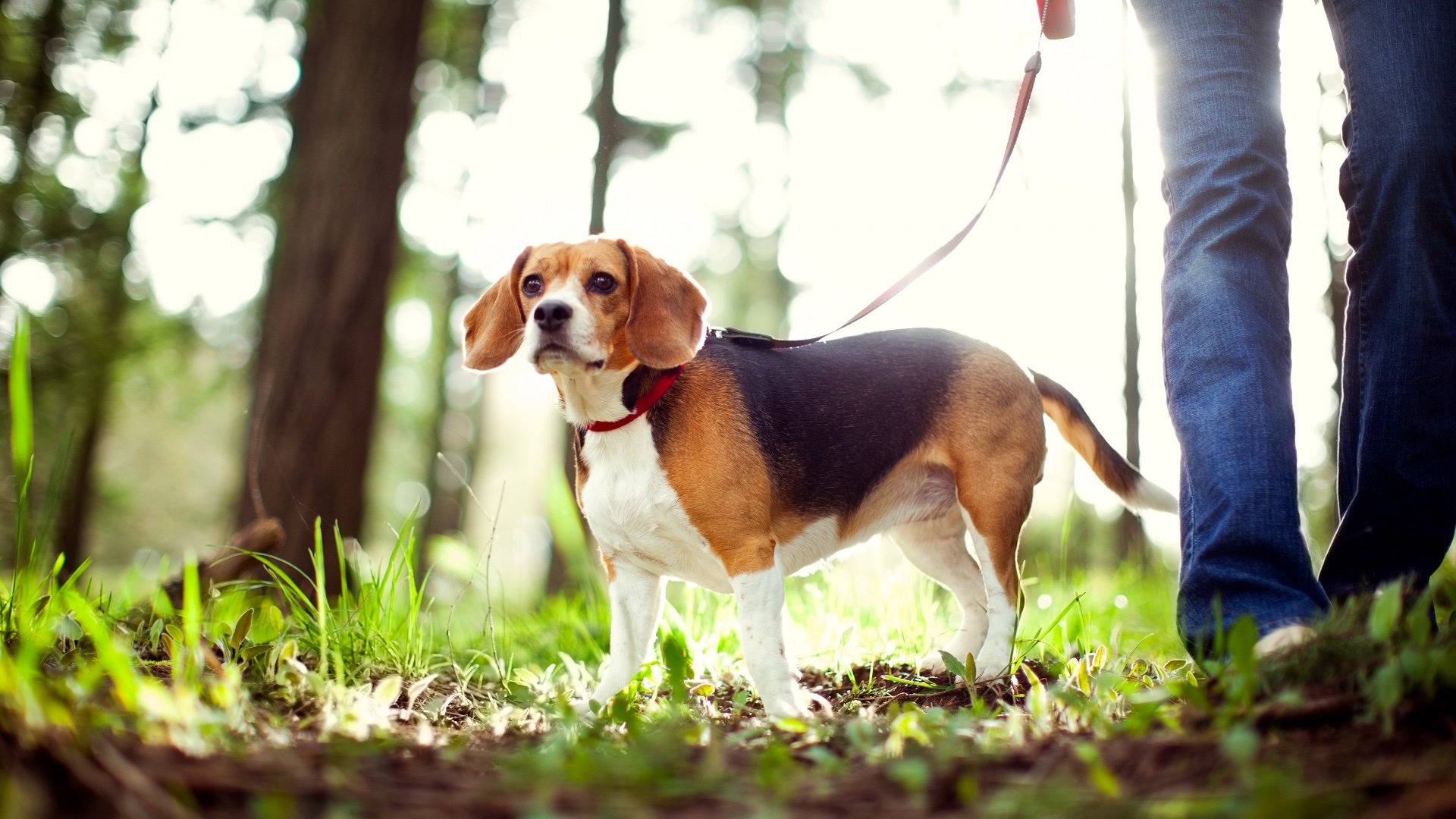Trainer reveals the solution to improving your dog’s loose leash walking, and it all comes down to these four steps
Enjoy stress-free strolls with your dog thanks to this trainer's simple tips to improve their loose leash walking

One of the biggest challenges pet parents face is trying to get their dog to walk nice on a leash. While walking seems like an easy enough task for your pup to master, there are a range of common loose leash walking mistakes we can make that can turn those daily strolls into a stressful experience.
Things like placing your dog in the wrong environment, or introducing movement too quickly, can easily derail leash training. But thankfully, Adam Spivey, respected trainer and founder and director of Southend Dog Training, says loose leash training needn't be a chore.
In fact, he says that with a little bit of time and patience you can improve your pup's loose leash walking in just four simple steps. Check him out undertaking a real life training session with a dog named Mila in the Instagram video below, or read on for a summary of his top tips.
A post shared by Southend Dog Training (@southenddogtraining)
A photo posted by on
1. Teach your dog what the leash means: In the clip, Spivey can be seen applying gentle pressure to Mila's leash that encourages her to come towards him. When she does, he rewards her with one of the best dog treats. "As soon as the dog gives in, you want to mark it with yes," says Spivey. "You're not ready to move away from this step until you can move the leash wherever you want it to go and the dog will follow." Remember, for this step, it's apply gentle pressure, mark yes when the dog moves in your direction, and reward.
2. Learn how to hold the leash correctly: Spivey demonstrates how to do this in the clip, making sure his arm is by his side in a short but relaxed posture so that Mila is in the position that she should be. "Where your hand meets the leash, that's where you should be holding it," Spivey advises. "Arm by your side like you're carrying a bag, and then practice some figures of eight walking into the dog and then away from the dog."
3. Apply gentle pressure if the dog starts to pull: "Pull the leash up to slow the dog down," explains Spivey. This is really important as what you don't want to be doing is pulling your dog back - this will only frustrate them. "You're gentle squeezing the brakes, applying pressure, and then relaxing the leash again."
4. Practise auto stops: Auto stops are when every time you stop, you pull up on the leash and apply those brakes until your dog comes to a complete stop. You can then relax the leash once again and keep moving. You want your dog to learn that whenever you stop, it means they also have to stop. What you're aiming for is for the two of you to be in sync.
Get the best advice, tips and top tech for your beloved Pets
Remember, this process takes time, patience, and consistency. If you're not seeing positive results after a month of practising this with your dog, we recommend contacting a professional trainer.

Kathryn is a freelance writer who has been a member of the PetsRadar family since it launched in 2020. Highly experienced in her field, she's driven by a desire to provide pet parents with accurate, timely, and informative content that enables them to provide their fur friends with everything they need to thrive.
Kathryn works closely with vets and trainers to ensure all articles offer the most up-to-date information across a range of pet-related fields, from insights into health and behavior issues to tips on products and training.
When she’s not busy crafting the perfect sentence for her features, buying guides and news pieces, she can be found hanging out with her family (which includes one super sassy cat and a kitten), drinking copious amounts of Jasmine tea and reading all the books.
She has written for a range of publications, including Fit&Well, Top Ten Reviews, LiveScience, Goodto, and Product Hunt.
